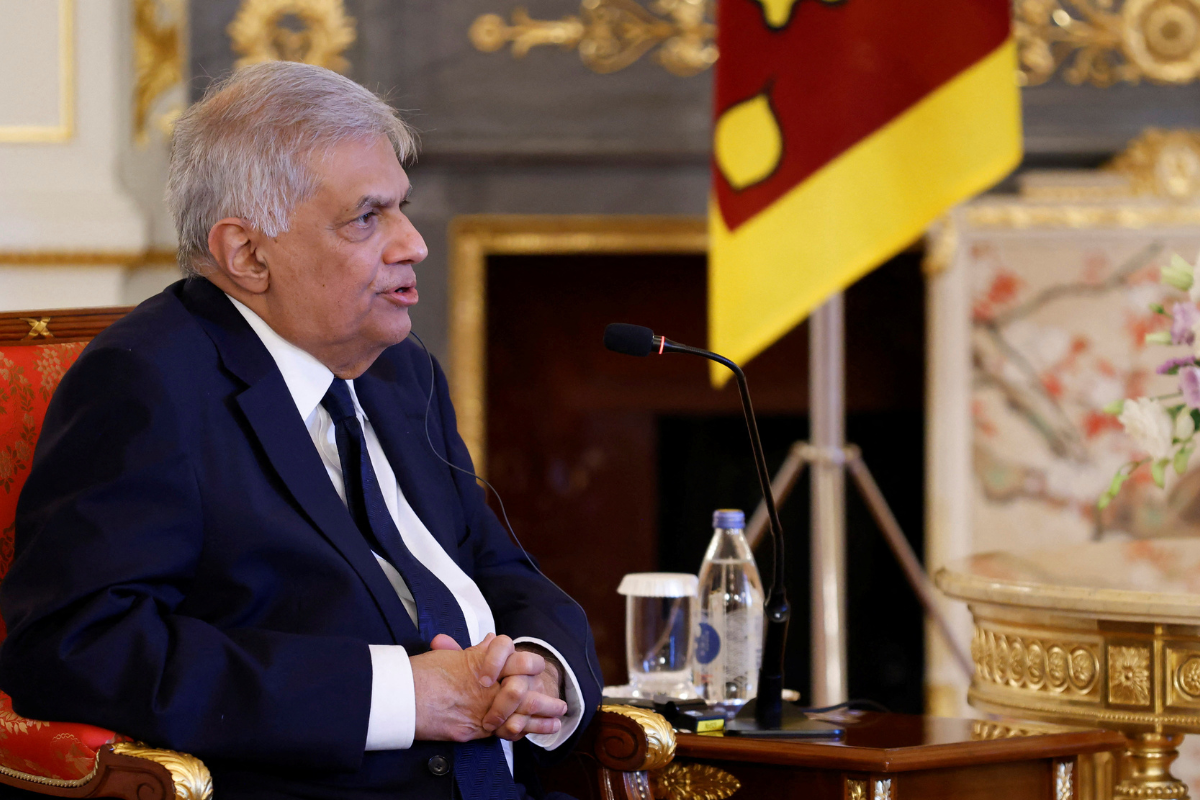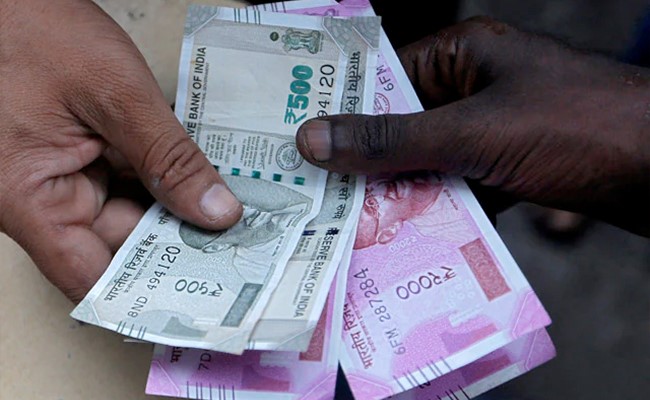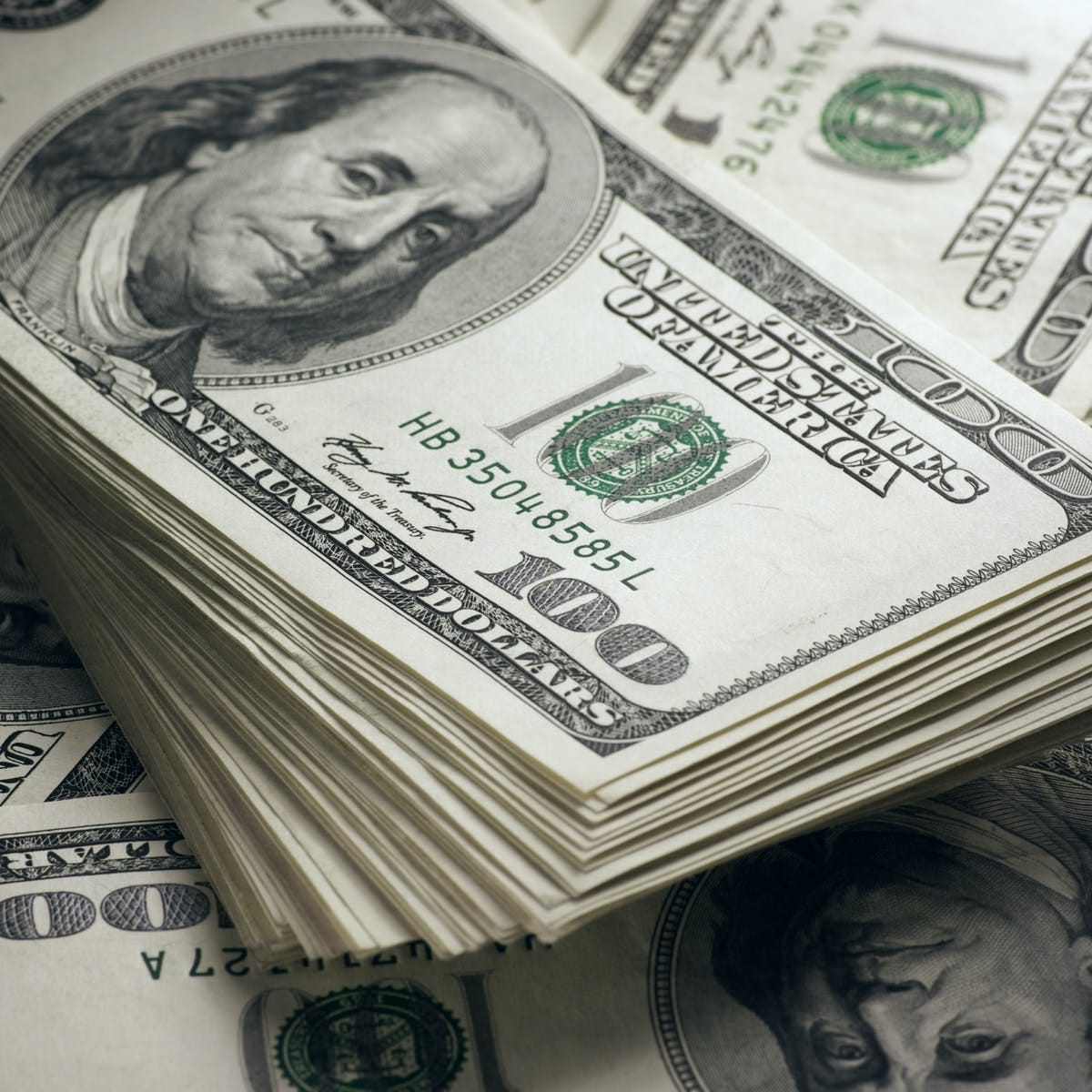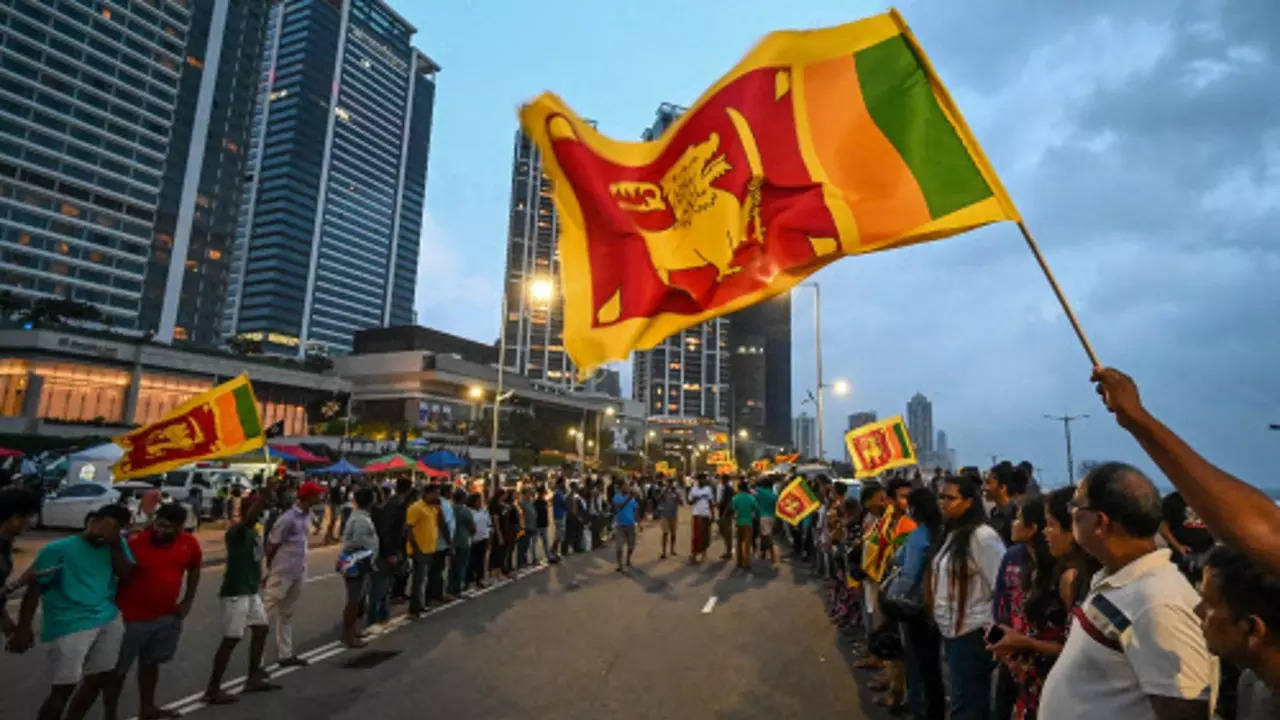Sri Lanka Not Averse to Using Indian Rupee as Common Currency: President Wickremesinghe 2023

Sri Lanka Not Averse to Using Indian Rupee as Common Currency: President Wickremesinghe 2023
Sri Lanka used Indian credit lines to buy petrol and necessities while the nation was experiencing a severe currency crisis that resulted in protracted public demonstrations.
Days before his first official visit to New Delhi, President Ranil Wickremesinghe stated that Sri Lanka would want to see the Indian rupee utilised equally to the US currency.
This statement was made by Wickremesinghe, the cash-strapped nation’s finance minister, this week while speaking at the Indian CEO Forum.
According to Wickremesinghe, “India is seeing substantial growth, together with the Indian Ocean area, much as East Asia, encompassing nations like Japan, Korea, and China, had considerable expansion 75 years ago.

Next week, Wickremesinghe is anticipated to travel to New Delhi for the first time since taking office a year ago, when the island country was experiencing unparalleled political and economic unrest.
T S Prakash, the forum chair, had urged more use of the Indian rupee in the Sri Lankan economy in his speech, to which Wickremesinghe responded.
“Whether India (the Indian rupee) becomes a global reserve currency has no bearing on us. We must determine the best course of action. Wickremesinghe stated that we need to be more receptive to the outside world.
“The world is changing, and India is developing quickly, especially under the leadership of Prime Minister Modi,” he continued.
The Daily Mirror newspaper reported him, adding that Sri Lanka benefits from its closeness to India and its lengthy history, cultural legacy, and 2,500-year-old commercial connections.
)
Wickremesinghe claims to have led the island country out of its economic catastrophe despite its delayed recovery.
“Once debt restructuring is complete, our attention will turn to a comprehensive economic programme. This requires a significant revamp of our legal system, economic structure, and other mechanisms to put us on the same trajectory as India,” he remarked. Wickremesinghe, The 74-year-old politician from Sri Lanka, was chosen by the legislature to complete the remainder of the deposed president Gotabaya Rajapaksa’s tenure.
Analysts commented that given the history of ties between Sri Lanka and India, it was odd that Wickremesinghe’s journey to Delhi took a year.
In its last hours, India has provided a financial lifeline to the Rajapaksa administration with a 4 billion dollar aid package.
Sri Lanka used Indian credit lines to buy petrol and necessities while the nation was experiencing a severe currency crisis that resulted in protracted public demonstrations.

Gopal Bagle, the High Commissioner of India to Sri Lanka, who was present at the ceremony on July 13, claimed that the Indian government and the Indian business community had assisted the island country in recovering from the financial crisis of the previous year.
The Sri Lankan media reported that Bagle stated, “Even during the initial crisis, Indian businessmen started doing business in Sri Lanka to demonstrate to the rest of the world that the country’s financial status is stable.”
In a significant turn of events, Sri Lankan President Ranil Wickremesinghe recently declared that the island nation is not against adopting the Indian Rupee as a common currency. The statement, initially met with surprise, has now sparked an intense debate among economic, political, and diplomatic circles worldwide.
This statement is unprecedented in South Asian geopolitics. A move towards a common currency has, until now, primarily been the domain of economic giants such as the European Union, with its Euro effectively unifying diverse economies under a single monetary policy.

The Sri Lankan President did not outline any concrete plan for the proposal, stating that it was a topic for exploration and discussion. Nonetheless, his remarks suggest a willingness to consider such an economic partnership with India, which could pave the way for a significant shift in the region’s economic dynamics.
President Wickremesinghe’s statement should be seen in the context of Sri Lanka’s economic situation. The country has been grappling with various financial challenges, including high inflation, a depreciating currency, and increasing external debt. The COVID-19 pandemic further exacerbated these issues, with Sri Lanka being one of the hardest-hit economies in South Asia.
Adopting a stronger, more stable currency like the Indian Rupee could alleviate some of these issues. It could lead to increased monetary stability, lower transaction costs for trade with India, and potentially draw more Indian investments into the country. Given India’s status as one of Sri Lanka’s largest trading partners, such a move could strengthen economic ties and foster deeper integration.

While there are potential benefits, the move would not be without its challenges. For one, Sri Lanka would cede some monetary policy autonomy to the Reserve Bank of India. This could put Sri Lanka in a position where its domestic economic conditions might not align with the broader monetary policy dictated by India’s central bank.
Moreover, the move would require a considerable amount of political consensus within Sri Lanka itself. Considering the nation’s complex ethnic and political dynamics, achieving such an agreement would be no small task. The proposal could face considerable opposition from those who view this as a threat to national sovereignty.
The proposition has been met with a mixed response. Some experts hail it as a strategic move that could boost Sri Lanka’s struggling economy. Others warn of the potential pitfalls, primarily the loss of monetary policy independence.
Internationally, it will be interesting to see how other countries in the region react. China, another significant player in Sri Lanka’s economy, might view such a move as a strategic loss. On the other hand, it could potentially trigger a trend toward greater economic integration in the South Asian region, similar to the European Union.

While it remains to be seen how this proposal will unfold, it represents a significant shift in thinking about regional economic integration. As President Wickremesinghe has stated, the idea is at an exploratory stage, and many hurdles must be crossed before such a vision becomes reality. However, the fact that it is being discussed points to the changing dynamics in South Asia and could herald a new era of economic cooperation in the region.
In conclusion, President Wickremesinghe’s openness towards using the Indian Rupee as a common currency is an intriguing development that could reshape economic relationships within South Asia. However, the road to such a change is fraught with challenges that need careful deliberation and strategic planning. It remains to be seen how this notion will be received domestically within Sri Lanka, regionally in South Asia, and internationally by major global economies.



